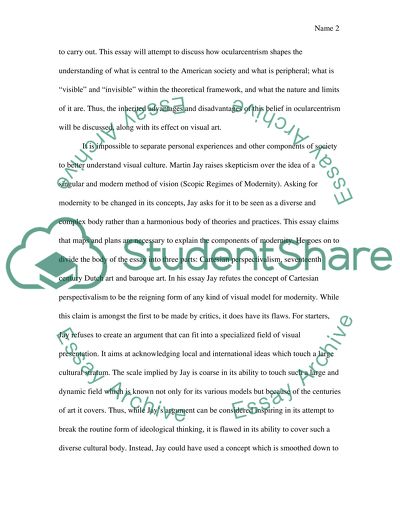Cite this document
(“Philosophy and Art Essay Example | Topics and Well Written Essays - 4500 words”, n.d.)
Philosophy and Art Essay Example | Topics and Well Written Essays - 4500 words. Retrieved from https://studentshare.org/miscellaneous/1521369-philosophy-and-art
Philosophy and Art Essay Example | Topics and Well Written Essays - 4500 words. Retrieved from https://studentshare.org/miscellaneous/1521369-philosophy-and-art
(Philosophy and Art Essay Example | Topics and Well Written Essays - 4500 Words)
Philosophy and Art Essay Example | Topics and Well Written Essays - 4500 Words. https://studentshare.org/miscellaneous/1521369-philosophy-and-art.
Philosophy and Art Essay Example | Topics and Well Written Essays - 4500 Words. https://studentshare.org/miscellaneous/1521369-philosophy-and-art.
“Philosophy and Art Essay Example | Topics and Well Written Essays - 4500 Words”, n.d. https://studentshare.org/miscellaneous/1521369-philosophy-and-art.


